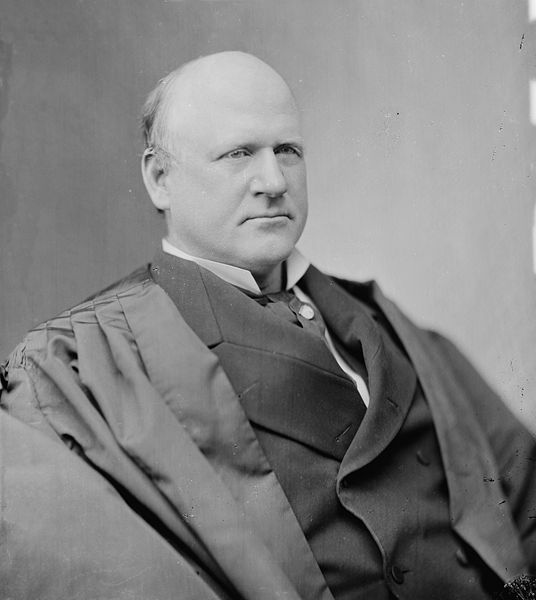The Civil Rights Cases, 109 U.S. 3 (1883), were a group of five landmark cases in which the Supreme Court of the United States held that the Thirteenth and Fourteenth Amendments did not empower Congress to outlaw racial discrimination by private individuals. The holding that the Thirteenth Amendment did not empower the federal government to punish racist acts done by private citizens would be overturned by the Supreme Court in the 1968 case Jones v. Alfred H. Mayer Co. The Fourteenth Amendment not applying to private entities, however, is still valid precedent to this day. Although the Fourteenth Amendment-related decision has never been overturned, in the 1964 case of Heart of Atlanta Motel, Inc. v. United States, the Supreme Court held that Congress could prohibit racial discrimination by private actors under the Commerce Clause, though that and other loose interpretations of the Clause to expand federal power have been subject to criticism.

Joseph P. Bradley authored the opinion of the court.
John Marshall Harlan, became known as the "Great Dissenter" for his fiery dissent in Civil Rights Cases and other early civil rights cases.
Thirteenth Amendment to the United States Constitution
The Thirteenth Amendment to the United States Constitution abolished slavery and involuntary servitude, except as punishment for a crime. The amendment was passed by the Senate on April 8, 1864, by the House of Representatives on January 31, 1865, and ratified by the required 27 of the then 36 states on December 6, 1865, and proclaimed on December 18. It was the first of the three Reconstruction Amendments adopted following the American Civil War.
Abolitionist imagery focused on atrocities against slaves. (Photo of Peter, 1863.)
Abraham Lincoln
Representative James Mitchell Ashley proposed an amendment abolishing slavery in 1863.
Celebration erupts after the Thirteenth Amendment is passed by the House of Representatives.






